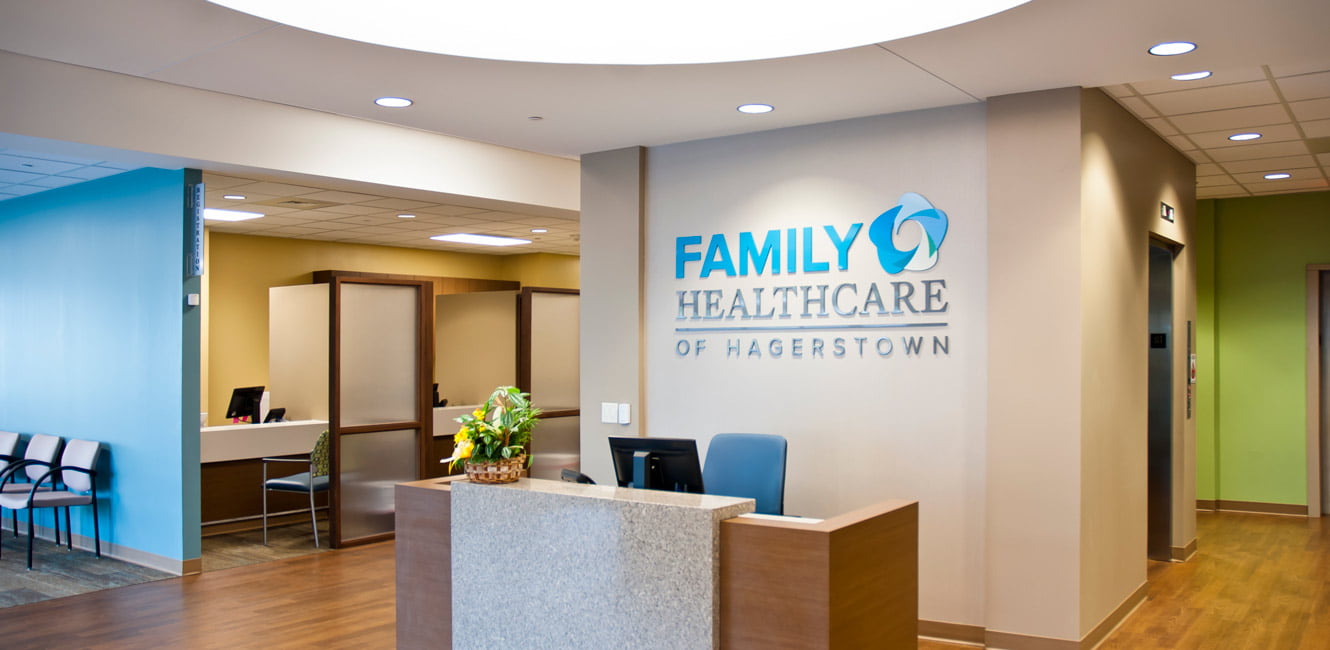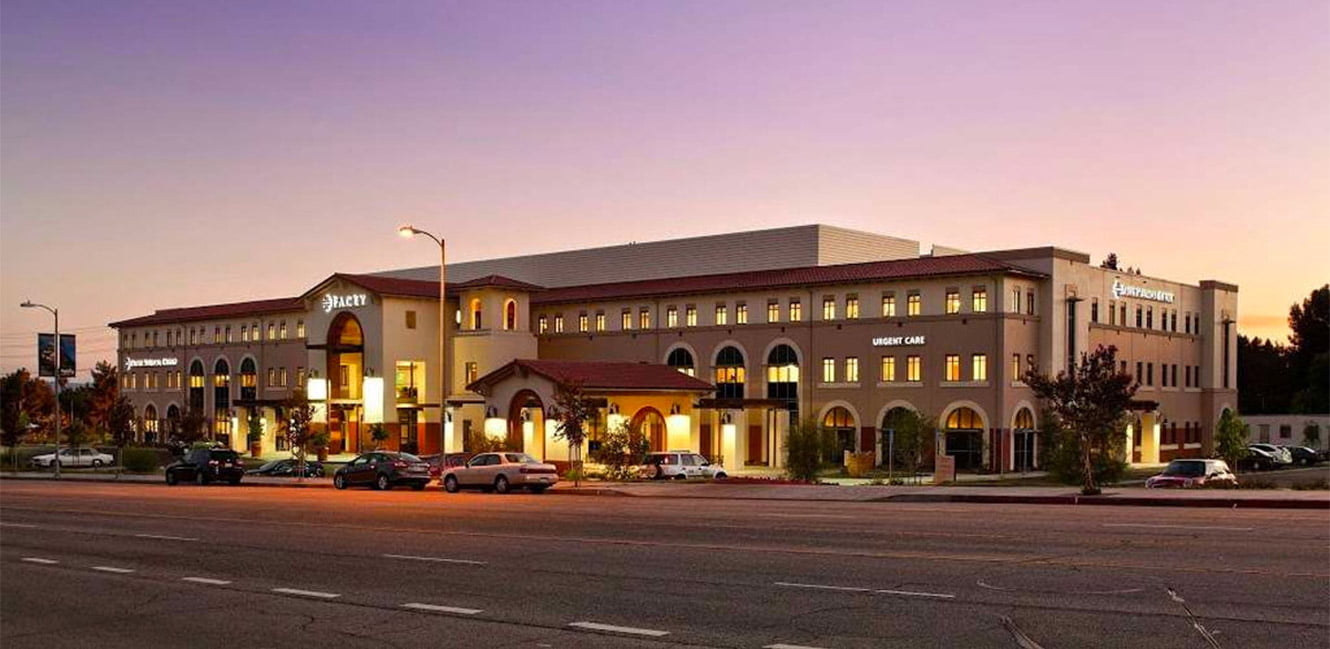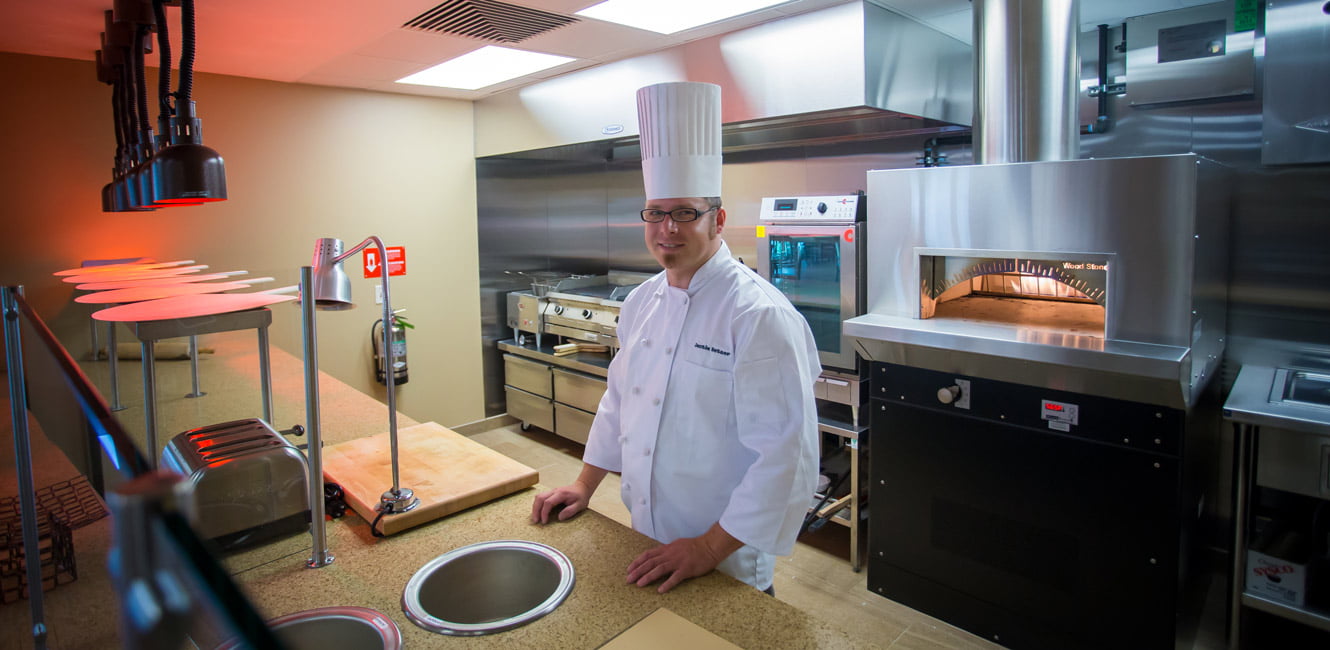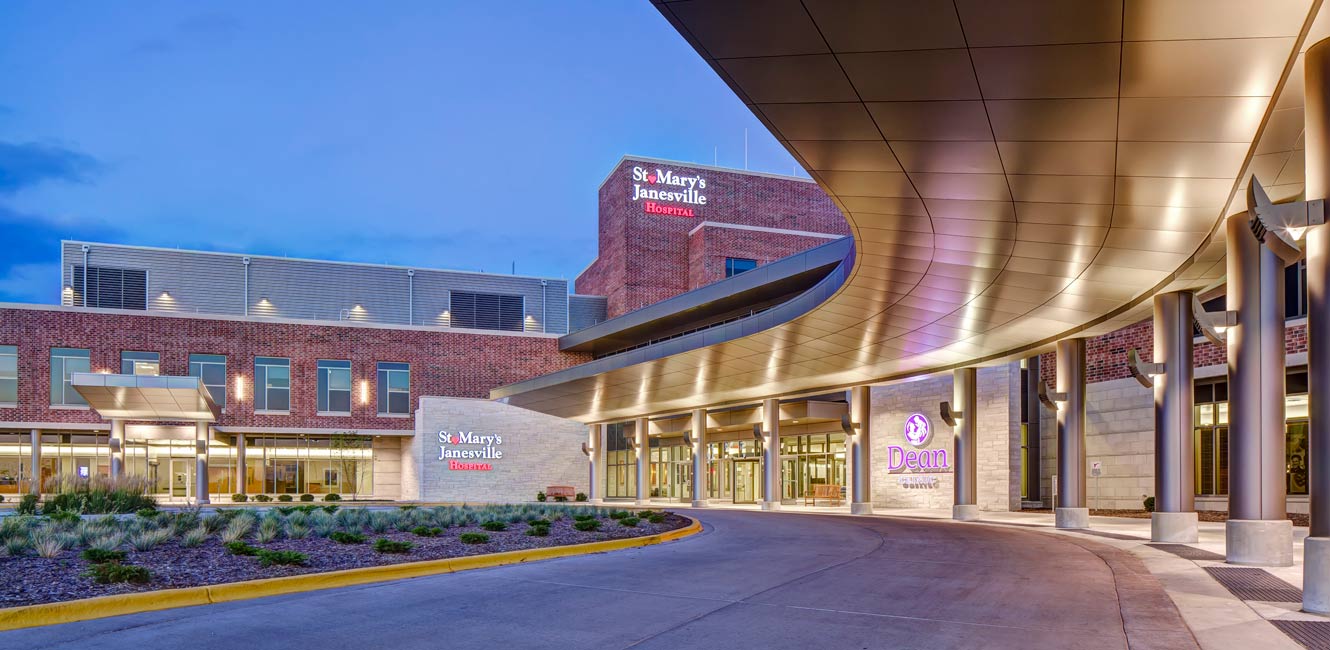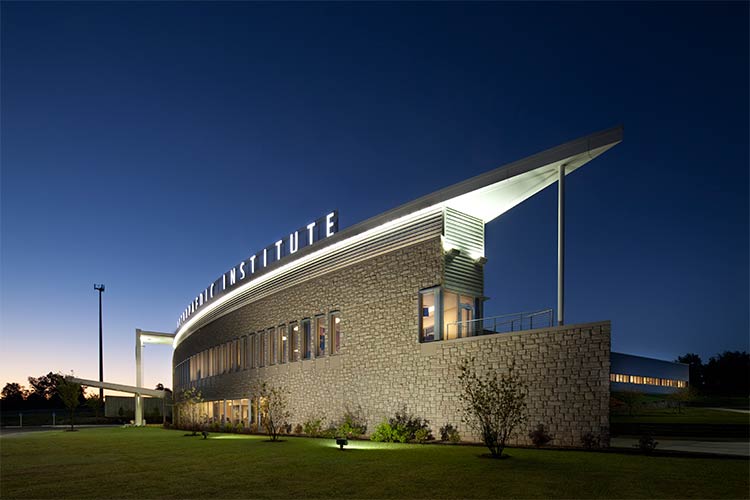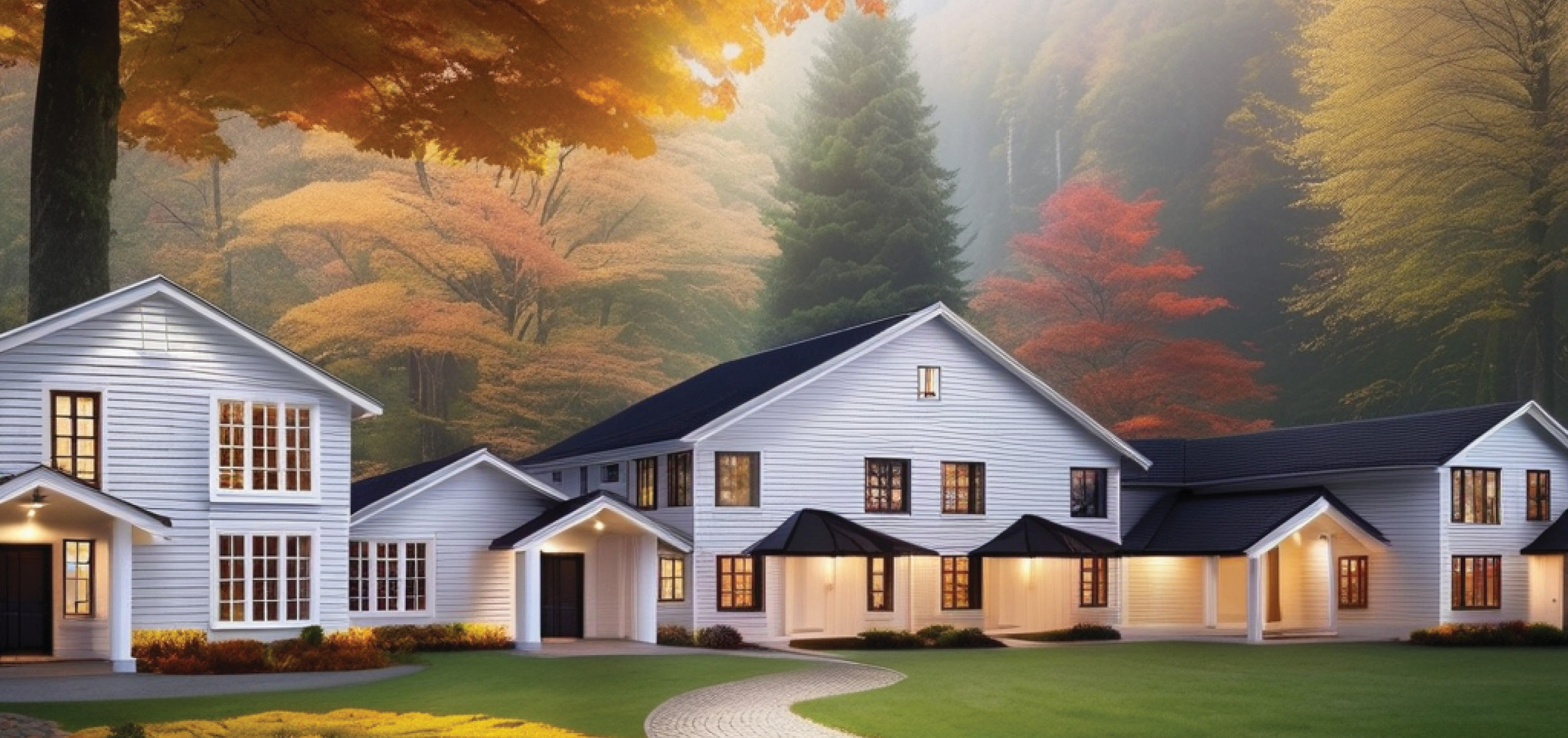Evidence-Based Design Goal
ERDMAN’s goal was to create a best-in-class patient-centered medical home model, while overcoming the challenges of rebranding and relocating the organization into a new location in renovated space.
Challenge
Driven by the deadline of the their expiring lease, the timing of the available property, and the schedule of time needed to explore potential project partners, the decision was made to use an integrated project delivery method for the project. The budget also had to absorb the purchase of the building, design, construction, furniture, fixtures and equipment, in addition to including the move from their existing facilities into the new building.
The organization purchased this property with the hope that much of the existing infrastructure and exterior skin could be reused to support their new build-out. As the planning and design work began in coordination with selective demolition work, it became evident this goal would not be achieved due to prior vandalism of wiring and compromised exteriors that had suffered water damage. Additionally, building codes were not met by some existing features, requiring the team to work with authorities to find solutions. The team worked to respond to existing building’s the challenges, by assessing the costs of repairs and replacements and bringing that knowledge into the project scope.
In spite of the budget constraints and unique challenges with the space, the owner insisted the design team recognize and respect the patients and their families of this center and very much wanted the final design aesthetic to achieve a balance between a clean, modern and professional image without the appearance of being too extravagant in terms of cost.
Solution
The design solution embraced the neighborhood concept, allowing the resident population to be separated into smaller neighborhoods (homes), with care ranging from traditional assisted living to the higher acuity levels of memory care.
The project team utilized full scale mock-ups of the resident rooms as part of the design development process. These mock-ups permitted collaboration among team members, end users and staff in order to validate the size, scale, and amenities of each apartment. Mock-ups of the proposed neighborhood dining and kitchen models were also researched and assisted the project team’s development of the final design solution.
There are two 16-bed neighborhoods for traditional assisted living that share a “town center” for activities of daily living (ADL) – living, dining, kitchen and activity spaces. There are also four 12-bed neighborhoods, organized around a central ADL space for memory care. In these small, elder-centered neighborhoods, residents have significant autonomy over how they want to live, receive personal attention from direct care staff, and share a full and engaging day-to-day social life. Additionally, the neighborhoods are built around a series of courtyards that permit daylighting, views of nature and access to the outdoors in a safe and secure environment.
The project team measured outcomes based on metrics in the stated project goals as part of a planned post-occupancy evaluation to follow one, three and five years after occupancy.
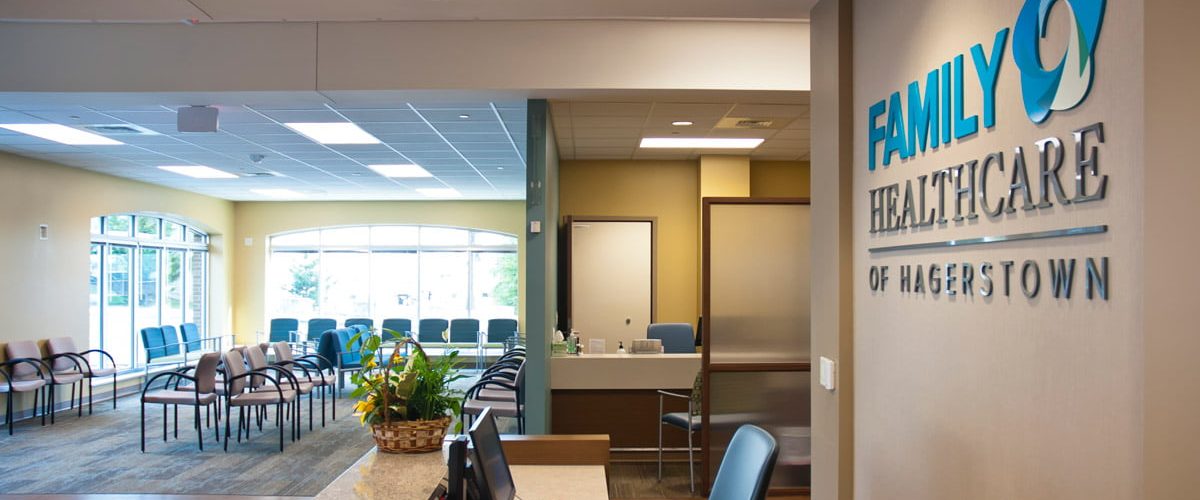
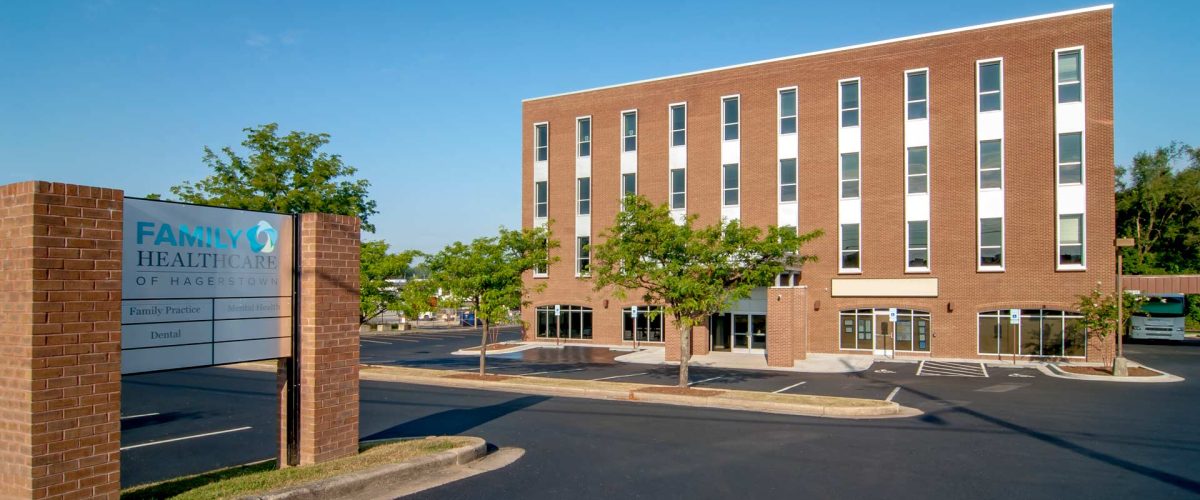
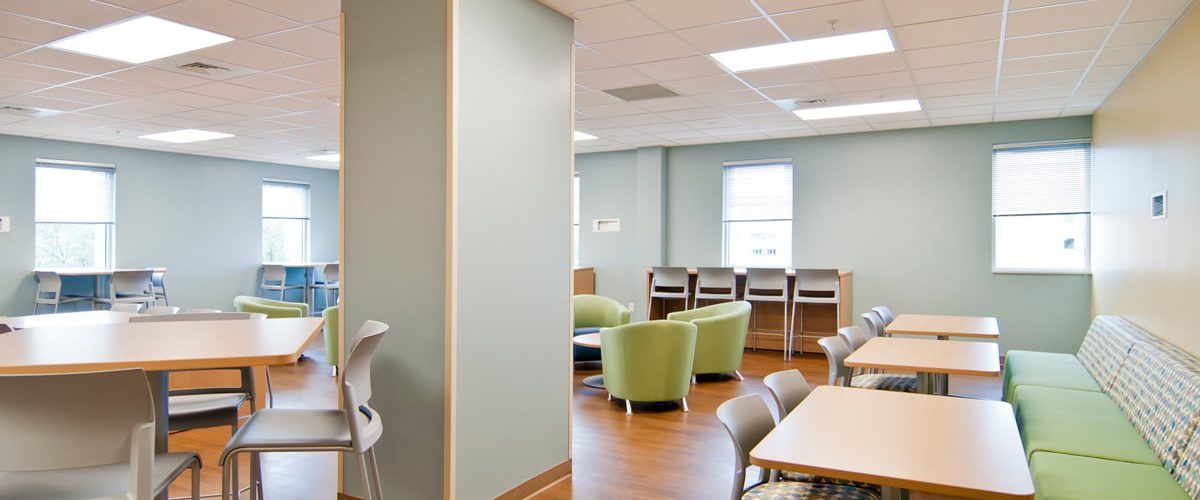
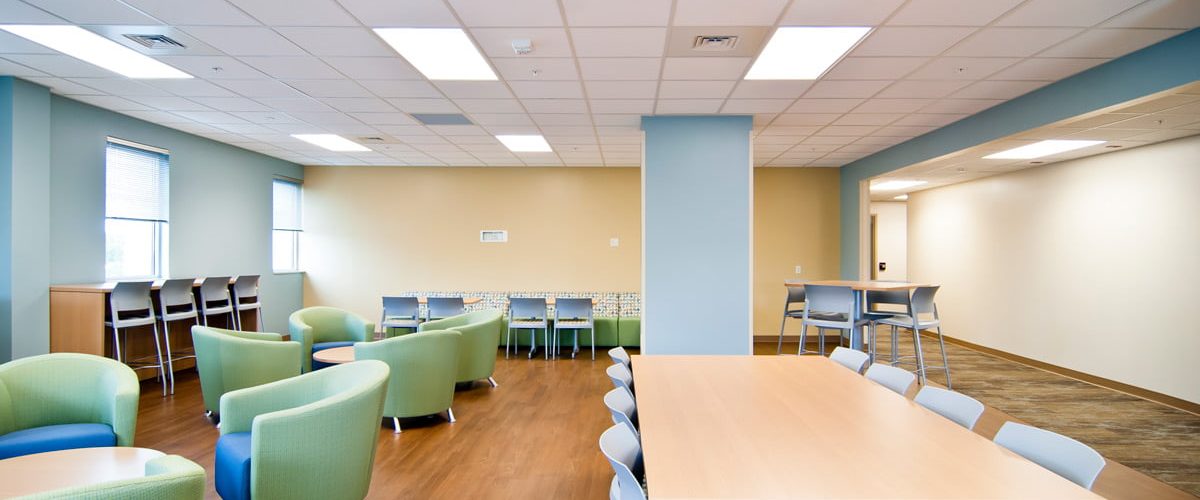
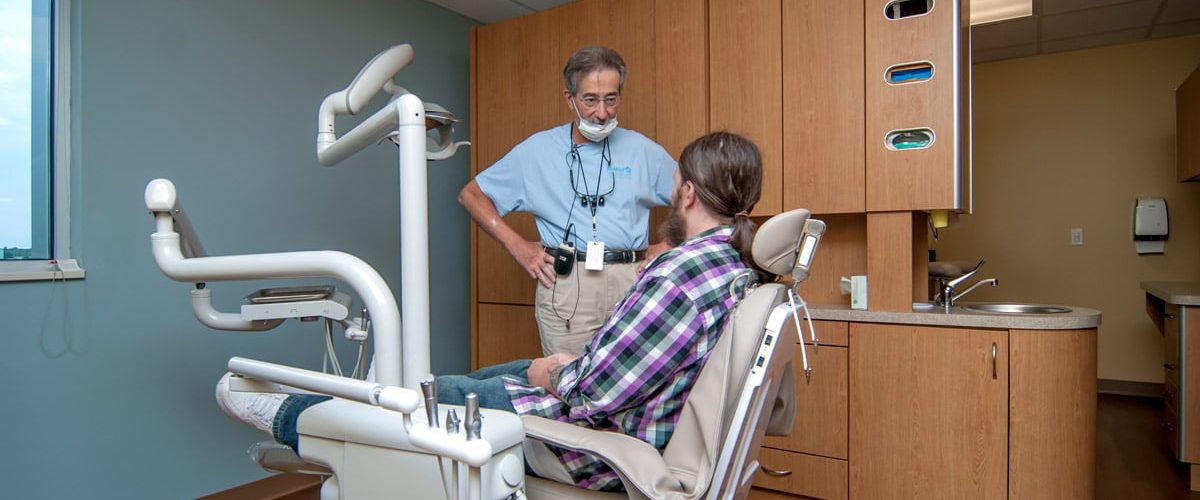
EVIDENCE-BASED
DESIGN STEPS USED
